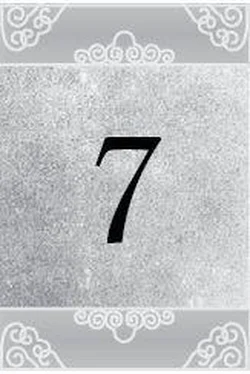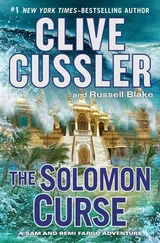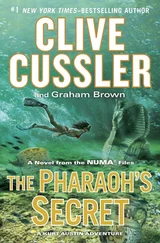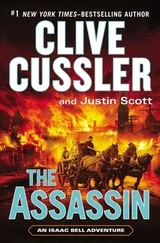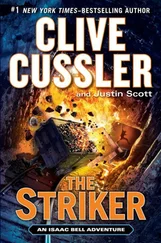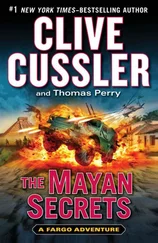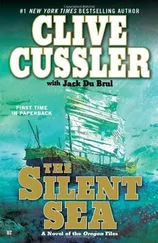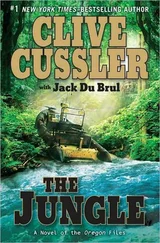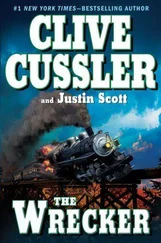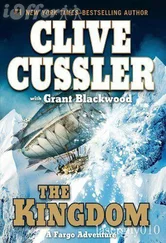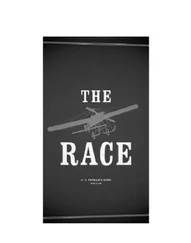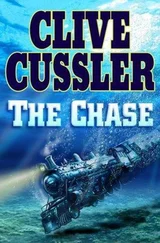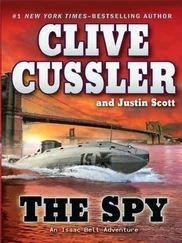“It’s definitely a battlefield,” said Albrecht.
“How could it be anything else?” said Enikö Harsányi. “So far, we’ve found six hundred fifty-six adult male bodies, all armed, and all apparently killed together and then buried where they fell.”
Imre Polgár said, “Many of them—perhaps a majority—show signs of having serious wounds that had healed. We found impact fractures, stab and slash wounds that hit bone. These were career fighters. The term should probably be warriors rather than soldiers .”
“And who are they?” asked Remi.
“They’re Huns,” said Albrecht.
“Definitely Huns,” Enikö Harsányi agreed. “All of them so far.”
“How can you tell?” Sam asked. “DNA?”
Albrecht took them to a long row of steel tables, where skeletons lay in a double row. “There isn’t a DNA profile of a Hun. The core group in the first and second centuries were from Central Asia. As they came west, they made alliances with or fought, defeated, and absorbed each tribe or kingdom they met. So by the time they were here on the plains of Hungary, they still had many individuals with genes in common with Mongolians, but others who appeared to be Scythian, Thracian, or Germanic. What they shared wasn’t common ethnicity but common purpose. It’s like asking for the DNA profile of a seventeenth-century pirate.”
“So how do you identify them?”
“They were horsemen. They traveled, fought, ate, and sometimes slept on horseback. We can tell by certain skeletal changes that all of these men spent their lives on horses. But there’s much more conclusive evidence.”
“What’s that?” Sam asked.
“The Huns weren’t regular cavalry, they were mounted archers. In Asia they developed this tactic with the help of an advance in the bow and arrow.”
He very carefully picked up a blackened piece of wood with irregular curves. “Here it is. It’s a compound bow, and the style is distinctive. See the ends where you nock the string? They’re called siyahs . They’re stiff, not flexible. The wood isn’t just a piece of wood. It’s layers of laths glued together. There are always seven siyahs , made of horn, and the grip is bone. It made for a very short bow that they could use on horseback and it gave much greater velocity to the arrow. This is probably as good a specimen of a Hun bow as exists today. So far, we’ve found over four hundred of them.”
“Huns against who?” asked Sam.
“That, I’m afraid, is a more difficult question. The victims were all over the field together. They were laid out with no separation for affiliation, simply covered with earth where they fell. They all had the sort of armament that a Hun would use, primarily the compound bow. They also carried a long, straight, double-edged sword in a scabbard that hung from the belt, and a short sword, or dagger, stuck horizontally in the belt. They wore goatskin trousers and a fabric or fur tunic. Some had leather vests.”
“There are still puzzles and mysteries,” said Dr. Polgár.
“I can see some right here,” Remi said. “Nobody looted the battlefield.”
“That’s one,” said Dr. Harsányi. “A well-made sword was a prized possession. A compound bow made of wood, bone, and horn took a very skilled craftsman much preparation, a week of labor, and months of drying and curing. It’s not the sort of thing one leaves on the field.”
Remi pointed at the nearest skeleton. “And the wounds are peculiar, aren’t they? They’re not random the way they usually are in a blade fight.”
“No,” said Albrecht. “The Huns were archers, and yet we haven’t found any arrow wounds—no arrowheads that stuck in a bone or pierced a skull. And we haven’t seen the sorts of injuries usual to the battles of the period. No arms lopped off, no leg wounds that must have bled out. Every wound is a big, fatal trauma—there are nearly four hundred beheadings and a very large number of what I believe to be throats so deeply cut that the blade hit the anterior side of the vertebrae.”
Sam said, “What it looks like to me is a mass execution. We don’t see a second faction because the killers buried the victims and walked away.”
“It does look that way,” said Remi. “But if these men died so heavily armed, why would they let themselves be killed?”
“We don’t know,” said Albrecht. “We’ve just begun our work, but we’re asking ourselves these questions as we recover the rest of the remains.”
The next day, Sam and Remi arrived in the morning at the dock where the Margit was waiting to tow the magnetometer. Tibor sat, eagerly reading a newspaper. When he saw them, he said, “Sam. Remi. You have to see this article.”
“What is it?” asked Remi.
Tibor spread the paper out on the dock so they could all look at it at once. On the front page were pictures of six people. The photographs looked like mug shots, with the subjects staring straight into the camera. Remi knelt on the dock. “Sam! It’s them, the people from Consolidated Enterprises.” She turned to Tibor. “What does it say?”
“Six people, all carrying American passports, have been arrested by Szeged police on suspicion of having committed an armed raid on the Bako pharmaceutical factory a week ago. In the raid, eight security personnel from the Bako company were killed.”
“Eight?” said János. “It must be all of the five we hit and the three we tied up in that building. Bako must have had those men killed himself.”
“It sounds that way,” Sam said. “I was sure most of the five were just wounded and we didn’t harm the other three at all.”
“What can we do?” Remi asked. “We can’t let these idiots take the blame for murder.”
Sam took out his phone and dialed the house in La Jolla. The phone rang once.
“Hi, Sam. What’s up?”
“Hi, Selma. The six people from Consolidated Enterprises seem to have been sent to Szeged to keep spying on us. They’ve been arrested for the raid on Bako’s factory. But I think that at the time when that happened, they were still in the custody of Captain Klein in Berlin.”
“You want me to straighten this out for them?”
“Let’s put it this way. If they were to remain in jail for, say, thirty days, I would not be unhappy. If they were to be convicted of eight murders, I’d feel awful, and Remi would make sure I felt worse.”
“You bet I would,” she said.
“Hear that?” he said.
“I did,” said Selma. “From what I’ve learned about Consolidated, they’re awful people, but they don’t deserve capital punishment just yet. I’ll call Captain Klein in Berlin and get what I need to spring them, but I won’t pass it on to Consolidated’s New York office unless things get really ugly. How does that sound?”
“Great. Thanks, Selma.” He hung up and looked at Remi. “I hope we haven’t just made ourselves the only suspects.”
“Us? I don’t think we’ve got much to worry about,” Remi said. “Remember? There was an order for the local police to keep us under surveillance. If they arrested us, they’d have lots of explaining to do.”
“She’s right,” said Tibor.
“Get used to that,” said Sam.
The excavation of the field grew much larger as the students and their professors worked. It was the next week that the lawyers arrived. Tibor’s guards saw them first and called Tibor on the boat.
There were a half dozen of them in two big black cars. They pulled up along the road next to the excavation and got out. They all wore immaculate white shirts, dark suits, and striped neckties. When they walked, they were careful to step just on the pavement so no dust would dull the shine of their Italian shoes.
Читать дальше
